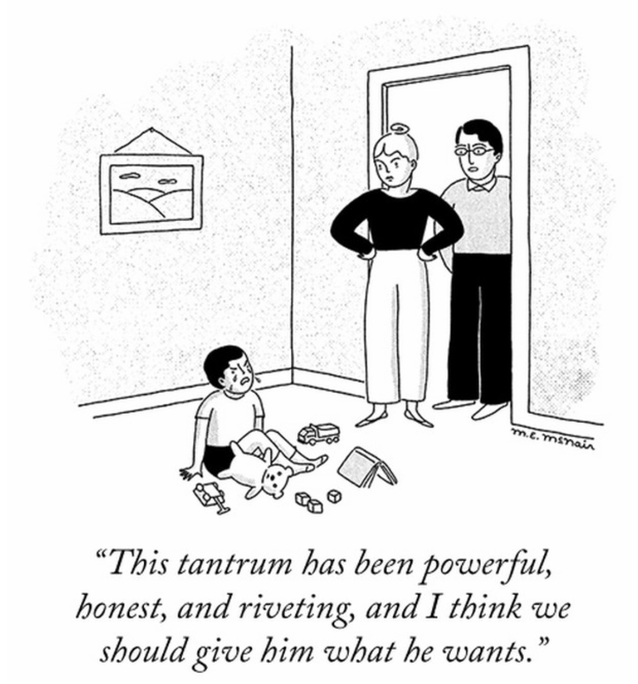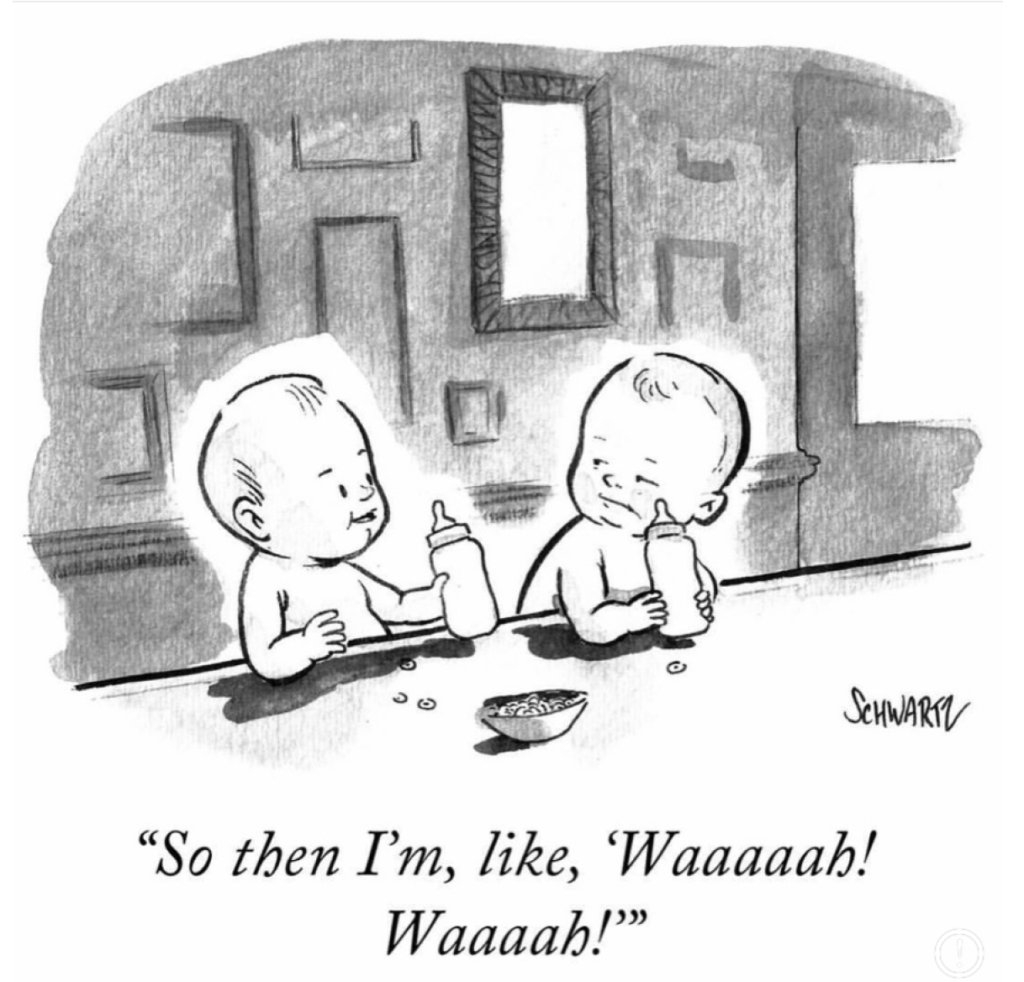Most parents experience the anguish that comes with watching their child harm another little one. This is especially challenging as it can be an emotionally charged issue for any adults in attendance, let alone the child in harm’s way.

Yet for the child who is demonstrating the aggression, it is most likely not charged with the emotion one would expect. As a matter of fact, “aggression” is defined as “hostile or violent behavior or attitudes toward another; readiness to attack or confront”, therefore likely not an appropriate word. For lack of a better one, it will be used. Most of the time, a child demonstrates aggressive behaviour either to test boundaries to communicate their own negative feelings.
Still, the behaviour is undesirable and action is required. Boundaries are essential for toddlers. Not only do they need them, they crave them. Our job as parents is to guide our children’s behaviour. We cannot control them, therefore our reaction following their actions is imperative. We cannot stop our children from hitting or pushing, however we must create a consequence to set the boundary and reinforce a message.
How to know when and how to intervene:
- ANY Physical contact is made
- Even affection is crossing into another child’s personal space. In this case, you simply acknowledge “Hugging is nice. ______ may not want a hug. You can ask ______ if she wants a hug.”
- Harmful Physical contact is made
- Calmly and quietly separate the children.
- Acknowledge the harmed child first “_____ pushed you. Are you okay?”
- Correct the behaviour “Pushing is not ok. We don’t push.” Maintain neutrality as when toddlers are testing, they often seek an extreme reaction.
- You can sense discomfort from the other child or adults in the environment
- Every adult can be different with the behaviour they tolerate
- If you are sensing discomfort, there is likely some occurring. Do not analyze or question, simply act.
When harmful contact is made, intervention is required no matter what the reason.
- Try to remain calm, no matter how upset you are. This is imperative.
- If you can bring a curiosity to the behaviour and think of it as an inquiry, you can curb your reaction.
- Gently remove the child from reach of the child.
- Take them away from the environment.
- Pick them up and carry them away from the action, calmly repeating the correction “We don’t hit. Hitting is not ok. Let me take you over here for a moment.”
- Before returning them, repeat the rule: “Let’s go back now. Hitting is not ok. If you hit, we’ll come back over here again.”
Why do our children act out?

There are many reasons a child will be assertive or aggressive:
- A developmental milestone
- A change in their home environment
- Health issues
- Sleep issues
The important thing to remember is that in the moment of aggression, it doesn’t matter what is causing the behaviour. When caregivers focus on the ‘why’, they often excuse the behaviour instead of managing it. Aggressive behaviour always needs to be addressed.
When aggressive behaviour becomes an ongoing issue, gaining the objective support of an expert is a great way to deal with the bigger picture. There are many parenting resources out there: talk to your friends, read a parenting book, call a family coach, a child psychologist or a therapist. Remember, it takes a village to raise a well-balanced child. Do not try to do this on your own. The winner of this race is not the parent who did it alone, it is the parent who lived a well-balanced life and raised a well-balanced child.
